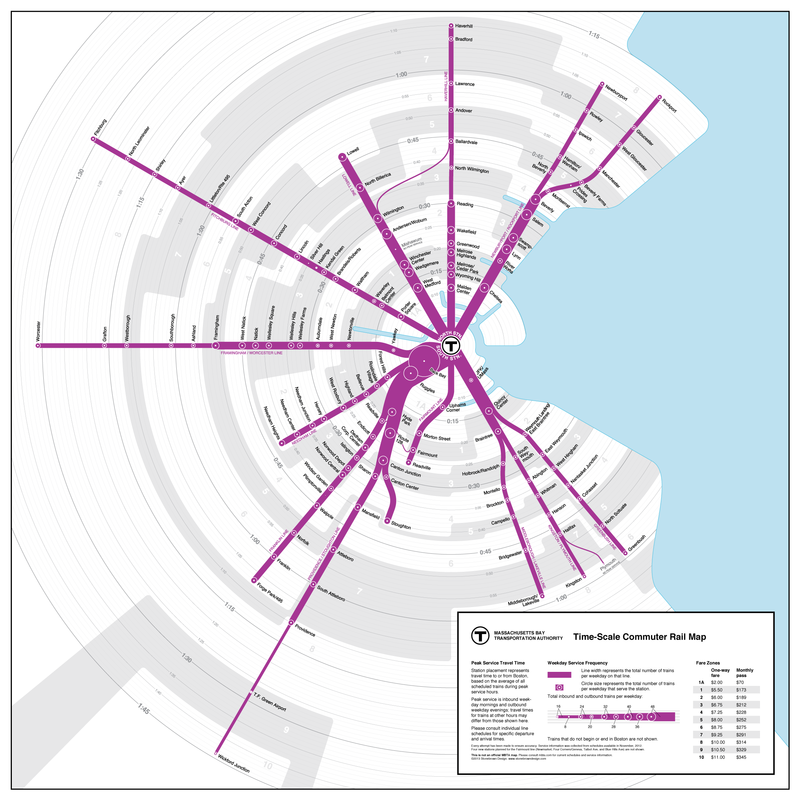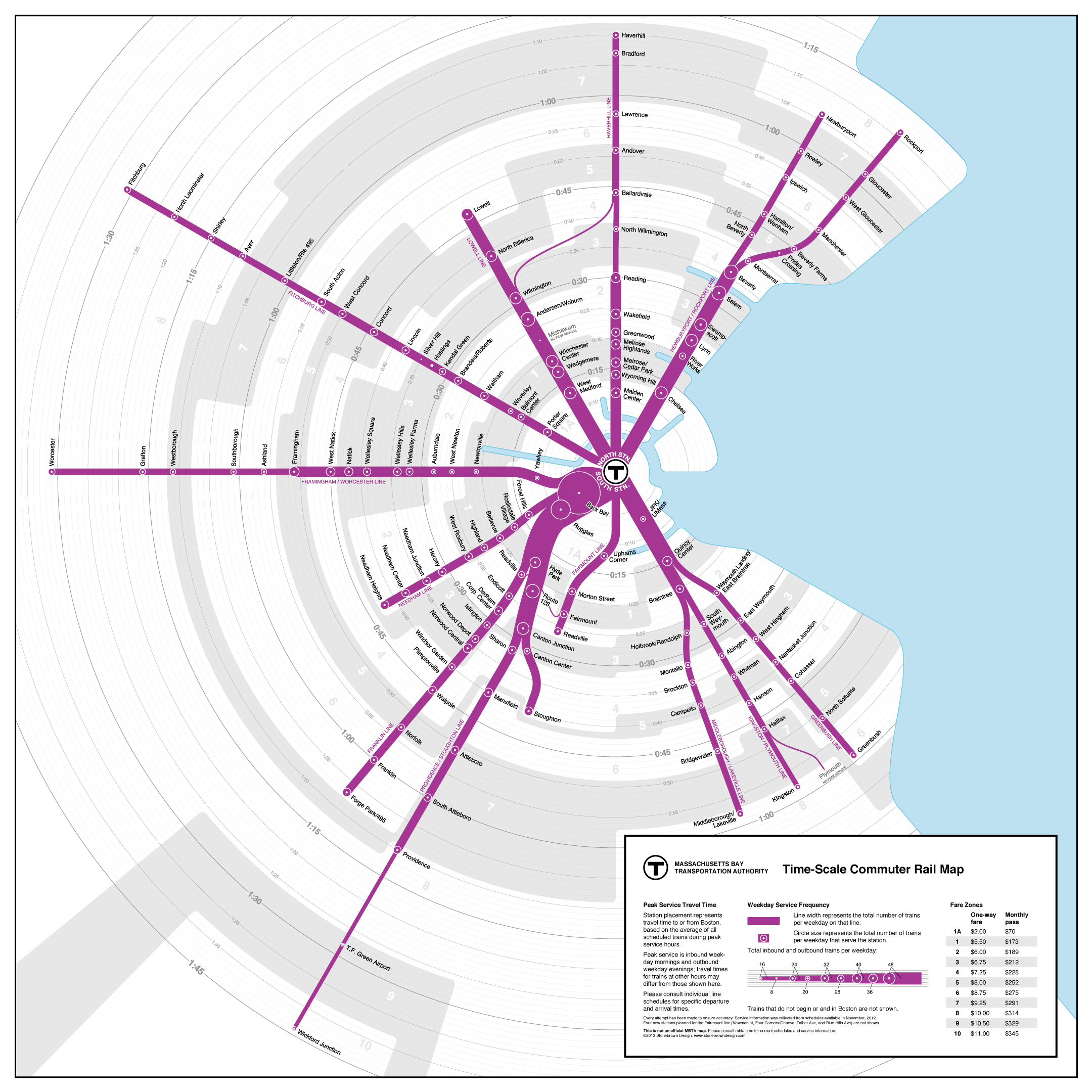You're changing the subject again. You said THIS

false statement:
They haven't brought back 2019 service levels on the WL as a whole either. And WFH is why.
Which is the vast majority of the ridership.
No, it's not a "vast majority". There were 12 peak IB's, 9 peak OB's on the 2019 schedule. There are 11 peak IB's, 9 peak OB's on the 2023 schedule. It's a net reduction of 1 unidirectional train. And
@Teban54 already provided you with the cite that CR ridership is at >90% pre-COVID ridership (94.8%, in fact, as of October!). It's on you to find the specific citation that the Worcester Line is severely lagging the system in ridership recovery to support this claim.
Your...vibes...are...not...facts.
The extra off peak trains are mainly they were forced to not layoff Union members as part of the spending bill. May as well make them do something. But surely there's gotta be a time limit and when the inevitable spending cuts come, it will be gone.
Direct citation on the union blocking it? Don't think for one second you can fling a claim that provocative out there without backing it up with a hard news cite.
Your...vibes...are...not...facts.
I am assuming they will bring back the peak service levels when ridership justifies it. But only then.
They already have, unless you're holding out on the 12th inbound peak slot as the crux of your entire "vast majority of the ridership" argument.
Your...vibes...are...not...facts.
The CR lines that are seeing higher ridership are because of the OL shutdown and the subsequent subway troubles and the CR stole share from it. Doesn't impact the WL and for sure doesn't impact the Outer part.
Show us the numbers, then. Show us where the Worcester Line is severely lagging and show us where the subway-overlap stops are busting out to an extreme skew.
Your...vibes...are...not...facts.
Seriously, this is starting to border on outright trolling.






